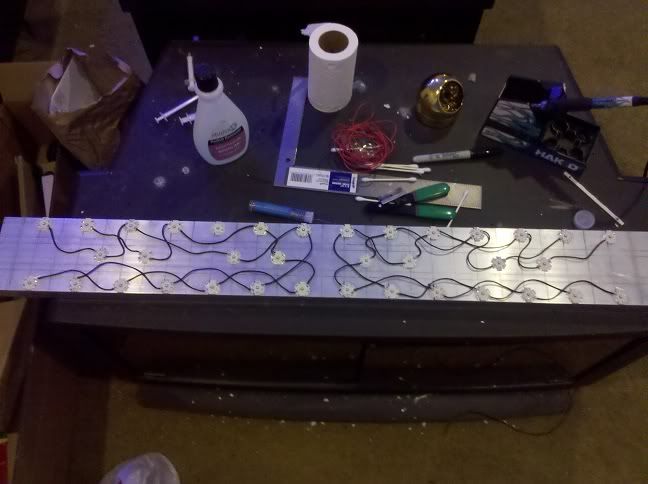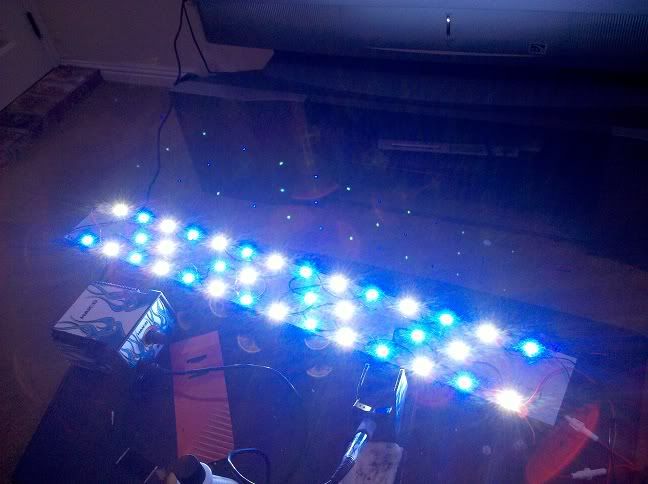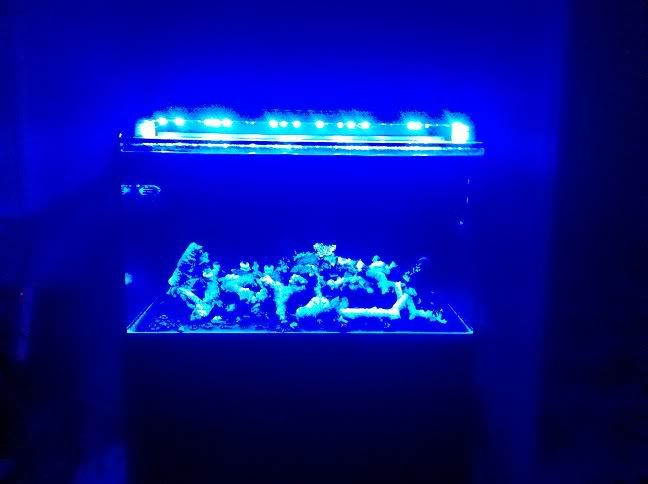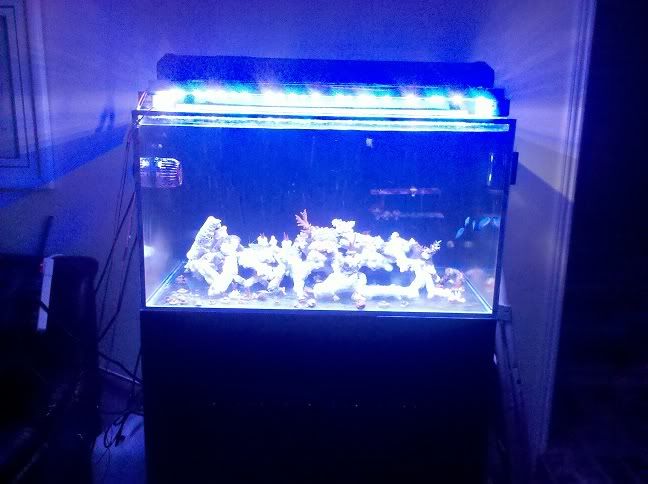Think of each thing in a circuit as an "element" connected by "wire" and they provide a "function" so your LEDs are each elements connected by a wire from the + side to the - side, and they provide a function of making light (and heat

) A fuse is no different, you put it in like any other element (obviously you'll need a fuse holder itself which is what you solder wires to), the only difference is it is designed to fail in an open state if the current exceeds its specs.
If you put 2 fuses, either after your wire splits, or before they rejoin you won't put putting 1300mA through the fuse, you'll put 650mA across it. Resistors won't work in this case because the current that's in your wires is fixed, it's not dependent upon the voltage, so 1300mA will go right through your resistor and into your LEDs, its not a failsafe at all, remember drivers are fixed current sources, not voltage sources, most things that make DC power we deal with are voltage sources, so each object will draw whatever current it 'needs' based upon the voltage.
Now if you want to get spiffy/creative, you can put a couple high power low resistance resistors on each string as well, 3watt- 1ohm resistors, and using a volt meter simply measure the voltage across the resistor and that will equal the current. Nice way to measure current in your LED setup without disconnecting wires (which you'd have to do if you measured the current directly)





